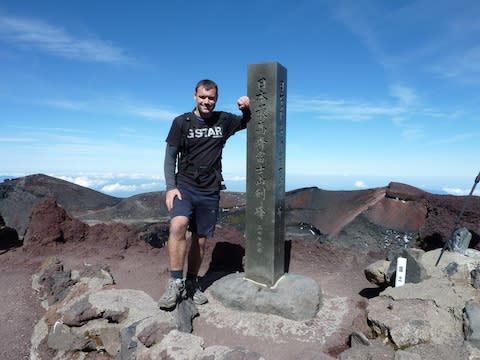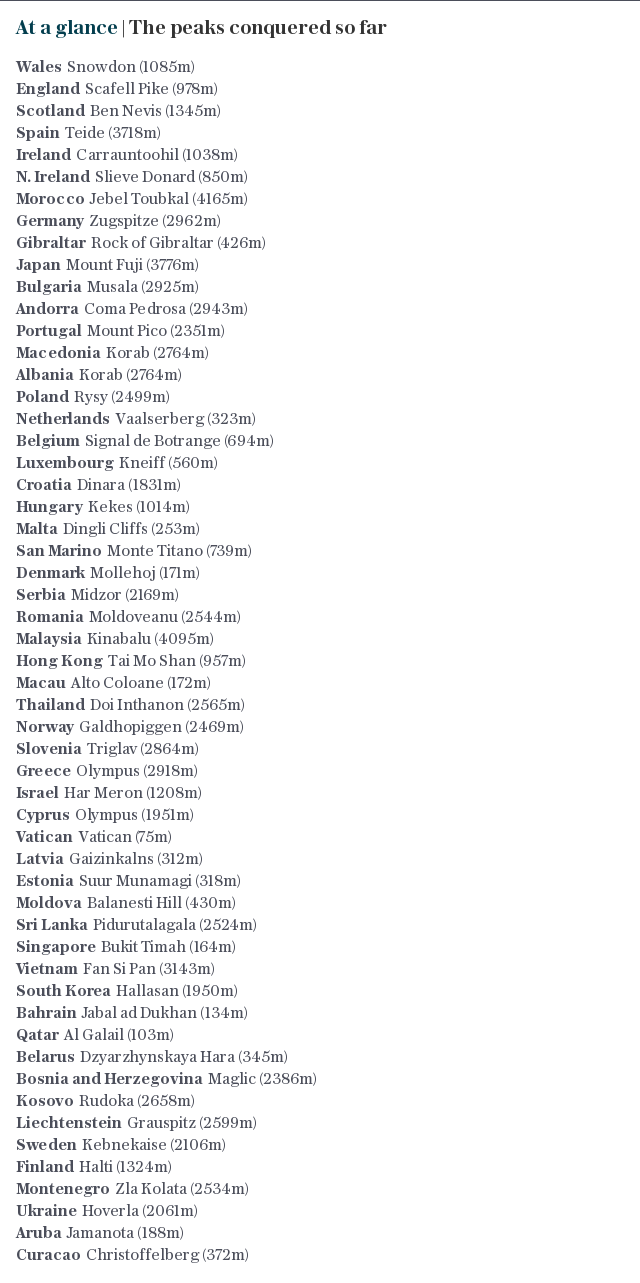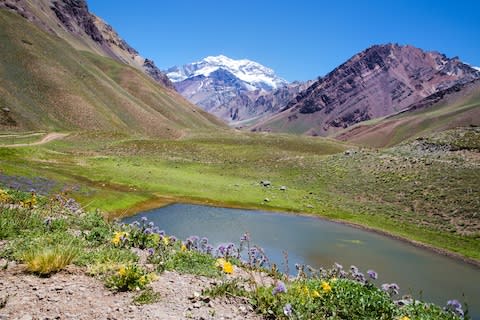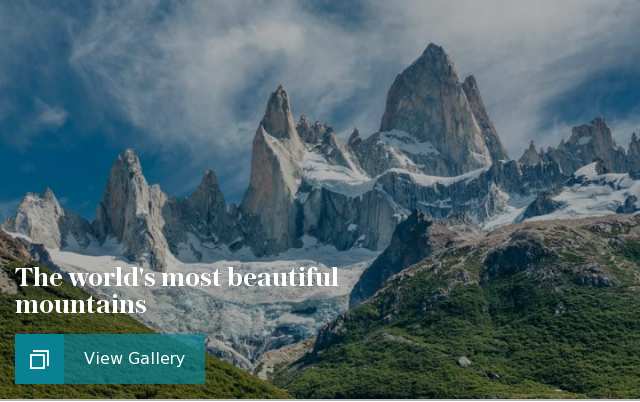What I've learnt trying to climb the highest peaks of 100 countries

The highest point of the Vatican is only 75 metres, but reaching it requires a little nous. “You have to go on a tour of the gardens to actually stand on the highest point,” explains Lee Humphries, who has made it his quest to reach the highest point of 100 countries by 2020.
Similarly, the extreme of elevation in Belarus is only 345 metres above sea level, and just off a main road, but then one needs to gain entry into the last dictatorship in Europe first.

“The highest points of Bahrain and Qatar are quite low yet both are within military zones, which the public are prohibited from, so each high point has its own challenges,” says the 35-year-old from Wolverhampton, who has just returned from Curacao, having ticked off his 58th peak.
At the other end of the scale is the 4,095m summit of Kinabalu in Malaysia, or the 4,165 extreme of Morocco in the form of Jebel Toubkal. They come in different shapes and sizes.
“Wild leopards in Sri Lanka, live military exercises in Croatia, snow, ice and strong winds in Sweden and Finland, many thunderstorms, ridiculously heavy rain in Romania, scorching heat in Qatar and rockfall and exposed ridges and cliffs in Liechtenstein,” says Lee, of some of the difficulties he’s encountered during his challenge.
Mapped: Lee's 58 peaks to date
“I have long enjoyed travelling and climbing mountains around the world but it wasn’t until I started planning a trip to climb Korab (2,764m), the highest point in both Macedonia and Albania in 2015 that made me first stop and think how many country high points I had actually stood on to date,” he says. “13 was the answer, which soon became 15 with a successful cimb of Mount Korab.”
“I noticed that a few people had already climbed to the highest point in every European country and as I do like a challenge I decided to go one step further and set myself the target of standing on the highest point of 100 different countries, including every European country, the highest mountain in Africa (Kilimanjaro) and South America (Aconcagua).”

Lee started by targeting European summits just a few hours’ flight from the UK before assessing other trips based on cost and how many peaks he might be able to bag. As the trips have been self-funded, low-cost airlines and flexibility on when to travel have been key.
“My final year will be spent climbing some of the higher mountains on the list as I am aiming to have already climbed 80-plus by then,” he says. “This will put me in a stronger position to acquire sponsorship and/or support for these more expensive and technical climbs.”
He is planning for Argentina’s Aconcagua, the highest mountain outside of Asia, at 6,960m, to be his 100th.

“As far back as I can remember I have always been a very determined person and when I put my mind to something it usually happens,” says Lee. “This mentality has been tested many times on my trips and often through sheer grit and perseverance, what often seemed like insurmountable obstacles have been overcome to achieve my aim.”
He cites Mount Triglav in Slovenia as being one his favourite climbs thanks to the via ferrata on the final stage (“all the more exciting as I climbed it without a harness”), and Moldoveanu Peak in Romania and the Portuguese Mount Pico, on the Azores, as two of the toughest.

“Wild dogs are a constant problem while I climb but there are also wolves, bears and lynx,” he says.
“It is always a great feeling standing on the highest point of a country, but now and then it is extra special. While in Sri Lanka recently the highest point is located inside a military facility.
“After many days of travelling to reach there, the time comes where I know I have to approach the military guards and politely yet firmly ask if I can enter their facility and stand on the highest point.

“It’s a true gamble and totally out of my hands but the gratification when my request was finally granted, and I was standing there on the highest point, was euphoric.”
Lee, who says he sees no reason to stop once he hits 100, says the challenge has taught him the generosity of people in remote places.
“Many of the high points are located near very rural areas where the local people don’t see or interact with many tourists, yet they are very friendly. Whether it is a lift down the road, food or water, they expect nothing in return. Although I still find it difficult to comprehend and accept the levels of poverty that people are still subjected to in 21st century Europe.”

But perhaps one of the greatest lessons he’s learnt, seemingly converse to his challenge, is to slow down. He says: “When heading back to the UK after spending days alone climbing a high point the first thing that usually hits me is how much of a rush everyone in the western world seems to be in. Frantically hurrying here and there, not taking time to look at our surroundings or even conversing with one another.”
Where next? “I have a multi-country high-point trip in the Caribbean planned for mid-April,” says Lee. “Which if all goes well will see me stand on the highest points of Barbados, Trinidad and Tobago, Grenada and Saint Vincent and the Grenadines. With Saint Lucia also a potential candidate.” Sounds like a nice way to spend a few weeks.


